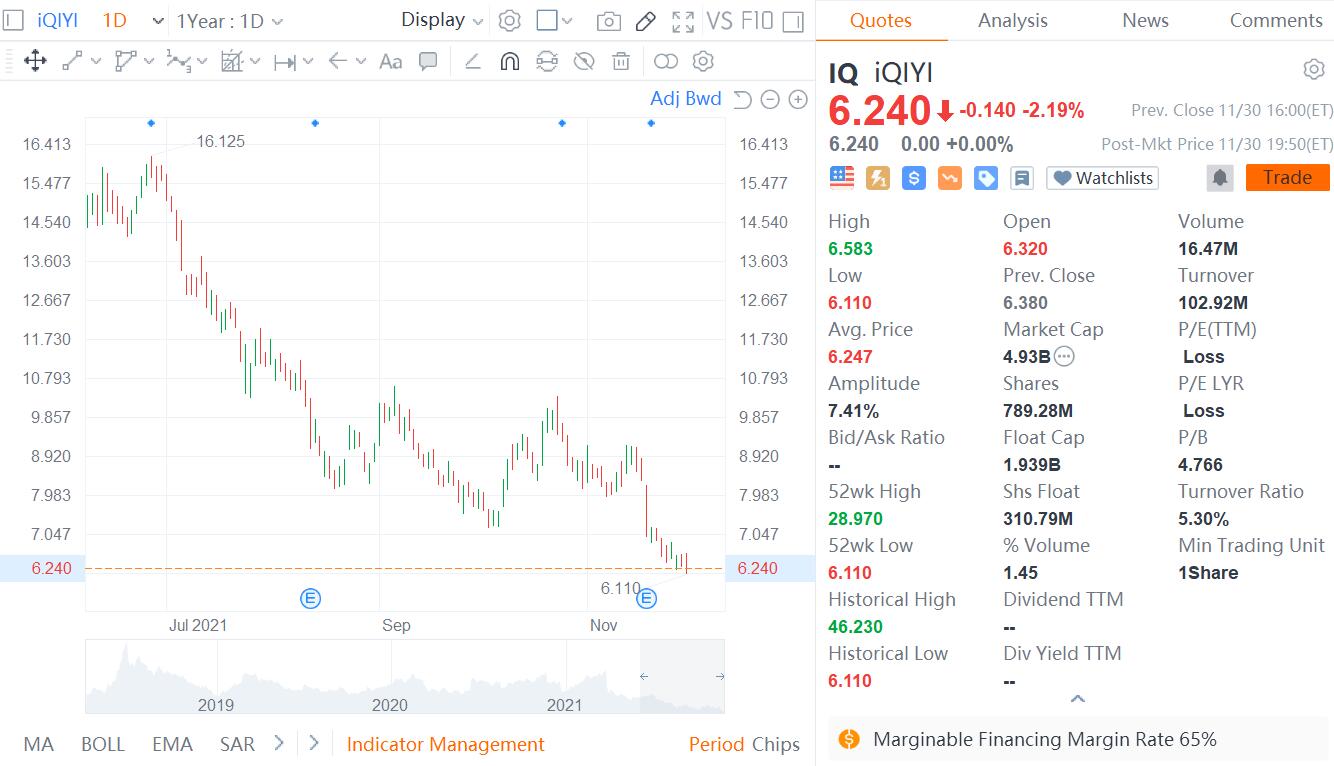In recent weeks, while the outbreak of the new coronavirus pneumonia, another virus disease is raging in countries around the world, which is influenza. What is the difference between the new coronavirus and the influenza virus? Which one is more worrying?

To date, this new coronavirus-caused pneumonia-named by the World Health Organization (WHO) as 2019 Coronavirus Disease (COVID-19)-has caused more than 75,000 people and more than 2,000 deaths.
However, this is not worth comparing with the flu.
According to the US Centers for Disease Control and Prevention, in the United States alone, this season the flu has caused approximately 26 million people to become ill, 250,000 hospitalized and 14,000 dead.
What is the difference between new crown virus and influenza virus?
Coronaviruses are named spheroidal or elliptical, with regularly arranged cystic collagen fibrillary processes that resemble a crown.
Despite this, scientists have been studying seasonal flu for decades.
So, although influenza viruses are dangerous, we already know a lot about them and know what happens in each epidemic season.
In contrast, few people know about the new crown virus of 2019 (the International Commission of Taxonomy named it "SARS-CoV-2” but emphasized that there is no link between this name and SARS disease) because it is too new.
This means that the spread of the virus and the number of people killed are unknown.
On January 31, Dr. Anthony Fauci, director of the National Institute of Allergy and Infectious Diseases, said at a White House press conference: "Despite the high incidence and mortality of influenza, seasonal influenza Sex. I can tell you for sure that as we enter March and April, influenza cases will decline. "
"You can fairly accurately predict mortality and the extent of hospitalization. The problem now (new coronavirus) is that there are many unknowns."
Scientists are working hard to find more information about the new crown virus, and as new information emerges, our understanding of the virus and its dangers may change.
Based on what we have learned so far (February 19), we have compared the new coronavirus and influenza virus.
Symptoms and severity
Seasonal influenza viruses (including influenza A and B viruses) and 2019 new coronaviruses are both infectious viruses that cause respiratory diseases.
According to the Centers for Disease Control and Prevention, typical flu symptoms include fever, cough, sore throat, muscle soreness, headache, runny nose (or stuffy nose), fatigue, and sometimes vomiting and diarrhea.
Flu symptoms often appear suddenly. Most people with the flu will recover within two weeks.
But for some people, flu can cause complications, including pneumonia.
According to data from the Centers for Disease Control and Prevention, so far, about 1% of Americans in this flu season have experienced symptoms sufficient to be hospitalized, a similar proportion to the previous flu season.
For the new coronavirus 2019, doctors are still struggling to understand the full picture of disease symptoms and severity.
A small study of about 100 infected people published in the Lancet journal on January 30 showed that the most common symptoms were fever, cough and shortness of breath.
In the study, sore throats and runny noses were reported in approximately 5% of patients; only 1% to 2% of patients reported diarrhea, nausea, and vomiting.
In a recent study, researchers from the Chinese Center for Disease Control and Prevention analyzed 44,672 confirmed cases in China between December 31, 2009 and February 11, 2020.
Of these cases, 80.9% (36160 cases) were considered mild, 13.8% (6168 cases) were moderate, and 4.7% (2087 cases) were severe. "Severe cases are those who show respiratory failure, septic shock, and/or multiple organ dysfunction/failure.
It is important to note that, according to WHO, it is difficult to distinguish between different respiratory viruses based on symptoms alone because respiratory viruses can cause similar symptoms.
Mortality situation
According to data from the Centers for Disease Control and Prevention, so far, approximately 0.05% of infected people in the U.S. flu season have died.
In contrast, the death rate of the new coronavirus in 2019 seems to be higher than that of influenza.
In a research report published on February 18 at China CDC Weekly, researchers found that the mortality rate of the new coronavirus pneumonia in adolescents under 19 in mainland China was approximately 2.3%.
This is much higher than the death rate from flu. According to the New York Times, influenza death rates in the United States are generally around 0.1%.
Nonetheless, the mortality rate of new coronavirus pneumonia varies depending on factors such as location and individual age. For example, in Hubei Province, where the outbreak occurred, the mortality rate reached 2.9%; in other provinces, the proportion was only 0.4%.
In addition, among different populations, older people have the highest mortality rates.
The mortality rate for people aged 80 years and over reached 14.8%; among people aged 70 to 79 years, the mortality rate of the new coronavirus pneumonia was about 8%; for people aged 60 to 69 years it was 3.6%; for those aged 50 to 59 years it was 1.3% ; 0.4% of people aged 40 to 49; and 0.2% of people aged 10 to 39.
To date, no child under the age of 9 has died from this coronavirus.
Spread of the virus
Scientists often use the "base number of infections" (R0) to determine how easily the virus can spread. In epidemiology, this refers to the average number of people who will be infected with an infectious disease without the intervention of any external force and without the immunity of all people.
The larger the number of R0, the harder it is to control the epidemic. According to the New York Times, the R0 value of influenza is about 1.3.
Researchers are still working to determine the R0 of the new crown virus.
A study published in the New England Journal of Medicine (NEJM) on January 29 estimated that the virus had an R0 value of 2.2, meaning that each infected person transmitted an average of 2.2 people.
It should be noted that R0 is not necessarily fixed. According to previous reports, estimates vary from location to location, depending on factors such as the frequency of people's contacts and efforts to reduce the spread of the virus.
In addition, the incubation period of influenza virus and neo-crown virus is also different. The former is usually 1 to 4 days, and the latter is more complicated.
According to a retrospective study by Zhong Nanshan, the median incubation period for new coronavirus is 3 days, but the difference between different patients is obvious. Some have the fastest onset of the day. One patient claimed to have symptoms after 24 days of incubation.
The length of the virus incubation period is an important factor affecting the ability to infect the disease. Longer incubation periods challenge early diagnosis and isolation.
Risk of infection
The Centers for Disease Control and Prevention estimates that, on average, about 8% of Americans are infected with the flu each flu season. According to the US Centers for Disease Control and Prevention, there are currently 29 cases of the new coronavirus pneumonia infection in the United States.
The agency also said that it is unclear how the situation in the United States will develop. Some people, including health care workers, will be at increased risk of exposure to the new crown virus. The risk is low.
It should be pointed out that although the flu is called influenza, it has a long relationship with the common cold. Influenza is caused by a special type of influenza virus, and symptoms can be mild or severe. Compared with common colds, flu has different pathogenic sources, has a stronger infectivity and a higher lethality.
The annual influenza season in the world causes about 3 to 5 million cases of severe illness, of which about 250,000 to 500,000 patients die.
Pandemic
It is worth noting that seasonal influenza viruses that erupt each year should not be confused with a new type of influenza virus strain that erupts globally.
The Centers for Disease Control and Prevention estimates that during the 2009 swine flu (H1N1 influenza) pandemic, the number of people who died of swine flu worldwide was between 151,000 and 575,000.
Pandemic refers to the rapid spread of a certain disease, involving a wide area, and a large proportion of the population, which can form a worldwide epidemic across provincial, national, or even continental borders in a short period of time.
Seasonal influenza is significantly different in severity from a new influenza pandemic event, so no influenza pandemic is currently occurring.
Since most cases of New Coronavirus pneumonia occur in China and have not occurred in other countries or regions, the epidemic has not been evaluated as a pandemic.
On January 30, the World Health Organization declared the new crown pneumonia pneumonia outbreak as a "public health emergency of international concern", a statement mainly concerned that the virus would spread to countries with weak health systems.
Prevention
Seasonal influenza has a vaccine to prevent infection, but there is currently no vaccine against the new coronavirus in 2019. Scientists and doctors around the world are working to develop potential vaccines and hope to start related clinical trials in the coming months.
In general, for the spread of respiratory viruses including coronaviruses and influenza viruses, the CDC's recommended prevention methods include the following: frequently wash hands with soap and water for at least 20 seconds; avoid touching the eyes with unwashed hands, Nose and mouth; avoid close contact with patients; stay home when sick; clean and disinfect frequently contacted objects and surfaces.









